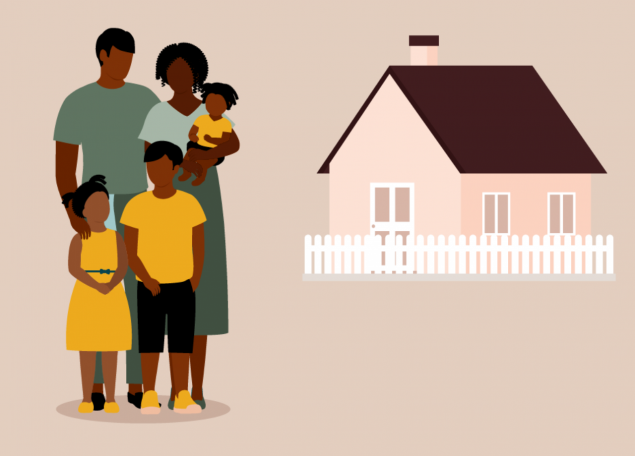PEHSU Network: Protecting Children and Families from Environmental Hazards

Every time a PEHSU interacts with someone, the impact ripples out to many other children. The beauty of PEHSUs is that they empower community members, health professionals, and families to take steps that really decrease environmental health risks.
— Linda Hansen, MD, MPH, chief, Environmental Medicine and Health Systems Intervention Section, ATSDR Office of Capacity Development and Applied Prevention Science (OCDAPS)
ATSDR supports the Pediatric Environmental Health Specialty Units, or PEHSUs, to help protect the health and well-being of children and families who live or work in settings that put them at higher risk for hazardous environmental exposures.
The Pediatric Environmental Health Specialty Units (PEHSU), supported by ATSDR, are a national network of specialists that provide expert medical information and consultations on reproductive and pediatric health issues associated with environmental exposures. These environmental exposures can disproportionately affect persons who live and work in economically and socially marginalized settings that increase their risk for exposure. These disproportionate exposures frequently affect communities with higher proportions of low-income households, persons of color, American Indians, and Alaska Natives.
PEHSUs serve healthcare professionals, parents, childcare providers, schools, community groups, and agencies at the local, tribal, state, and federal levels. They are located across 10 federal regions and are supported through a cooperative agreement between ATSDR and a national program office, the American Academy of Pediatrics (AAP). The Environmental Protection Agency (EPA) provides funding for this program as well. As regional experts in environmental exposures, PEHSU specialists can tailor their work to the communities they serve; as a national network, they also share best practices across regions to improve children’s environmental health.
Throughout 2021, the accomplishments of the PEHSU program were widespread. From helping individuals navigate lead exposure testing and treatment to addressing heavy metal exposure on a national scale, PEHSUs powered their vision of creating healthy environments for all children. Because they are regional, PEHSUs can be nimble and responsive to urgent needs in their communities. Their expert advice empowers individuals and families to make choices that can decrease their exposure to hazardous environmental substances.
The following story is an example of PEHSUs in action:
Note: Names were changed to protect the identity of the individuals in this story.

In the spring of 2021, Melissa, a nurse practitioner, was evaluating Micah, who was found to have high blood lead levels. Melissa knew there were no safe blood lead levels for children and that lead exposure could be associated with serious health effects. Given this, she requested a consultation with the Region 8 PEHSU team in Colorado to determine next steps.

A PEHSU specialist investigated and learned that Micah’s family had recently moved into a house built in 1918 and that he attended a home-based childcare facility. Both were places where he could have been exposed to lead. Unfortunately, there were no local resources to send an environmental health expert to Micah’s home. Also, his childcare facility was unlicensed and therefore not required to meet regulated health and safety standards.

Fortunately, the Region 8 PEHSU team was able to equip Melissa with the knowledge and resources to increase her capacity to assess and treat the populations she serves. Melissa shared guidance with Micah’s family and the childcare facility on how to reduce Micah’s blood lead levels, protect him from further lead exposure, receive blood lead level testing, and seek follow-up care as needed. With this consultation, Melissa could provide better care for Micah and all her patients and was able to share resources to protect other children in the childcare facility.
PEHSUs are dynamic in their approach to issues at the local and national levels. They are equipped to address community issues, such as lead exposures in a single childcare facility, and issues with national impact, such as heavy metals found in baby food. In this latter effort, the Region 2 PEHSU team in New York were able to quickly respond to a large increase of public concerns about heavy metals found in baby food prompted by national media coverage. The PEHSU team used previous research on this topic to rapidly update an existing factsheet and other guidance documents. In collaboration with AAP, they posted the revised factsheet to HealthyChildren.org, a website of the American Academy of Pediatrics, that received more than 17,000 website visits in response. These resources enabled PEHSUs to quickly address the needs of families through education and empower them to make choices to protect their children’s health.
PEHSUs work from the local to the national level, respond to hundreds of calls per year, and consistently help people who are disproportionally affected to further environmental justice. The program empowers people to take action for themselves, their families, and their communities, to protect one another from negative health effects related to environmental exposures.